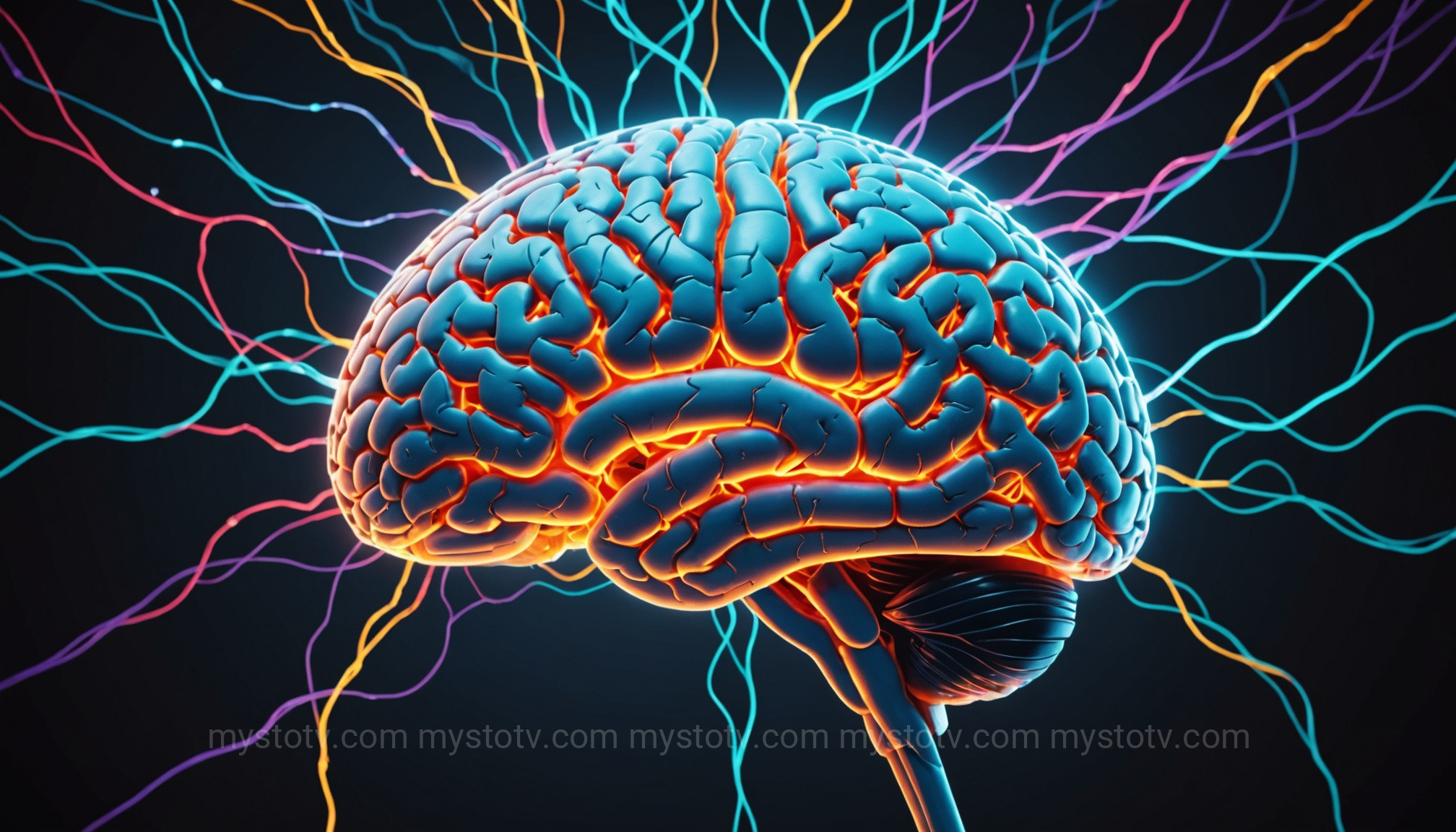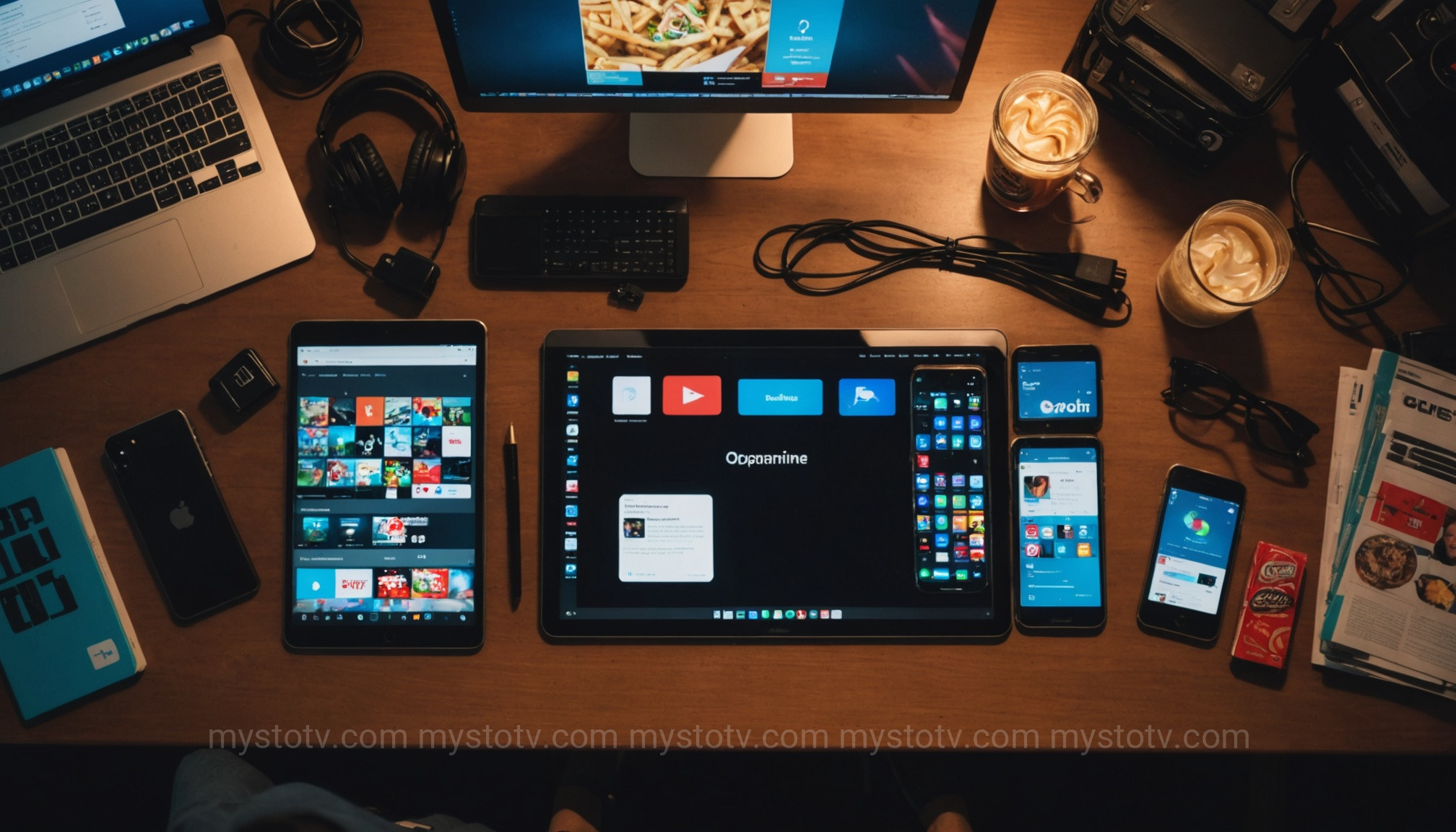I remember hitting a wall. My days felt like a frantic blur of notifications, endless scrolling, and a low-grade hum of anxiety. I’d pick up my phone to check one thing and surface 45 minutes later, feeling drained and unfocused. Even simple tasks, like reading a book or finishing a work project, felt monumental. My brain, constantly chasing the next tiny hit of digital stimulation, had lost its ability to just be. It wasn't until I stumbled upon the concept of a "dopamine detox" that I realized there was a name for this modern malaise. This guide isn't about extreme deprivation; it’s a practical, beginner-friendly manual on how to start a dopamine detox to reset your brain, reclaim your focus, and find a deeper sense of mental clarity in a world designed to distract you.
Contents
- 1 Understanding Dopamine and Why You Need to Know How to Start a Dopamine Detox
- 2 A Step-by-Step Guide on How to Start a Dopamine Detox
- 3 What to Expect and How to Navigate Challenges in Your Detox
- 4 The Long-Term Benefits: How a Dopamine Detox Fosters Mental Clarity
- 5 References
- 6 Conclusion: Your First Step to a Clearer Mind
Understanding Dopamine and Why You Need to Know How to Start a Dopamine Detox

Before diving into the "how," it’s crucial to understand the "why." The term "dopamine detox" is a bit of a misnomer, as you can't—and wouldn't want to—eliminate dopamine entirely. It's a vital neurotransmitter. However, understanding its role in our modern lives is the first step toward reclaiming control over our attention and motivation.
What is Dopamine, Really? (Beyond the 'Pleasure Molecule' Myth)
Dopamine is often simplified as the "pleasure molecule," but its function is far more nuanced. As Stanford neuroscientist Dr. Anna Lembke explains in her book Dopamine Nation, it's more accurately the "molecule of more." Dopamine is fundamentally tied to motivation, anticipation, and reward-seeking behavior. It’s the neurochemical that drives you to pursue goals, whether it’s finding food, getting a promotion, or checking for likes on an Instagram post. The problem isn't dopamine itself, but the constant, high-amplitude stimulation of our dopamine pathways by modern technology and consumption habits. This creates a tolerance, meaning we need more and more stimulation to feel the same level of satisfaction, leading to a state of perpetual wanting and dissatisfaction.
Signs You Might Need a Dopamine Reset
Recognizing the need for a detox is the first step. You don't need to be at a breaking point to benefit. Consider if you experience these common signs:
- Inability to Focus: You find it difficult to concentrate on a single task (like reading or work) for an extended period without reaching for your phone or another distraction.
- Constant Boredom: Quiet moments feel uncomfortable or "boring." You feel an incessant need to be entertained or stimulated.
- Apathy Towards Simple Pleasures: Activities that used to be enjoyable, like a walk in the park or a conversation with a friend, now feel dull.
- Procrastination and Low Motivation: You struggle to start important tasks, opting instead for easy, high-reward activities like scrolling social media or watching videos.
- Feeling Overwhelmed and Anxious: A constant barrage of information and notifications leaves you feeling mentally cluttered and on edge.
If these symptoms resonate, learning how to start a dopamine detox could be a powerful tool to recalibrate your brain's reward system and restore your baseline level of contentment.
A Step-by-Step Guide on How to Start a Dopamine Detox
Starting a dopamine detox doesn't have to be an extreme, monk-like retreat from the world. A structured, gradual approach is more sustainable and effective for beginners. Here's how to begin your journey toward mental clarity. This is the practical core of how to start a dopamine detox.
Step 1: Identify Your High-Dopamine Triggers

The first action is to become aware of your specific habits. What are your go-to sources of instant gratification? Spend a day consciously observing your own behavior. For most people, these fall into a few key categories:
- Digital Consumption: Social media (scrolling feeds), video streaming (binge-watching), online news, video games.
- Food: Highly processed foods, sugary snacks, caffeine.
- Other Stimuli: Compulsive shopping, listening to music constantly, thrill-seeking content.
Make a physical list. Writing them down creates a tangible commitment and clarifies exactly what you'll be abstaining from during your detox period. Be honest with yourself; there's no judgment here, only observation.
Step 2: Choose Your Detox Level
One size does not fit all. Choosing a level that feels challenging but achievable is key to success. Here are three suggested levels for beginners:
- Level 1 (The Beginner): Commit to 24 hours. Abstain from your top 1-3 digital triggers (e.g., social media apps, video games, and YouTube). Allow for other low-stimulation activities.
- Level 2 (The Intermediate): Commit to a full weekend (48 hours). Abstain from all forms of digital entertainment, including streaming services, podcasts, and non-essential internet browsing. You might also choose to cut out sugary foods.
- Level 3 (The Advanced): Commit to 72 hours or more. This involves abstaining from all the above, plus potentially caffeine, listening to music, and any other external stimulation you identified. The goal is to spend time with only your thoughts and simple, analog activities.
The analysis here is simple: start where you are comfortable. The goal is not self-punishment, but mindful abstention. A successful 24-hour detox is far better than a failed 72-hour one.
Step 3: Plan Your Low-Dopamine Activities

Nature abhors a vacuum. If you simply remove your high-dopamine habits without planning replacements, you will be overwhelmed by boredom and likely fail. Create a list of approved, low-stimulation activities you can turn to.
- Go for a walk in nature without headphones.
- Read a physical book or magazine.
- Journal your thoughts and feelings.
- Meditate or practice mindfulness.
- Draw, paint, or play a musical instrument.
- Organize a closet or a room in your house.
- Spend time in quiet reflection, simply thinking.
- Engage in light exercise like stretching or yoga.
Having this list ready provides a roadmap for the moments when you feel the pull of your old habits. It turns the experience from one of deprivation to one of intentional, mindful engagement.
Step 4: Schedule and Commit to Your Detox Period
Treat your dopamine detox like an important appointment. Mark it on your calendar. Choose a day or weekend when you have fewer social or work obligations. Prepare your environment to minimize temptation:
- Delete the tempting apps from your phone (you can always reinstall them later).
- Use an app or website blocker on your computer.
- Inform close friends or family that you'll be offline or less responsive for a period. This manages expectations and can create a support system.
- Put away junk food and have healthy options readily available.
This preparation phase is critical. It shifts your mindset from a vague intention to a concrete plan, significantly increasing your chances of follow-through.
Knowing how to start a dopamine detox is one thing; navigating the actual experience is another. It’s important to be prepared for the mental and emotional hurdles you will likely face. This isn't a sign of failure but a sign that the process is working.
The Initial Discomfort: Boredom and Cravings
The first few hours are often the hardest. Your brain, accustomed to a constant drip of stimulation, will protest. You will feel bored. You will feel restless. You will experience strong cravings to check your phone, turn on the TV, or grab a snack. This is the withdrawal phase. The key is to acknowledge these feelings without acting on them. Recognize the urge, label it ("Ah, this is a craving"), take a few deep breaths, and refer to your list of low-dopamine activities. The intensity of these feelings will pass.
Overcoming Obstacles and Staying on Track
If you slip up and check your phone, don't spiral into self-criticism. The "all-or-nothing" mindset is the enemy of progress. Simply acknowledge the slip, put the device away, and restart your detox immediately. Every minute you spend in a low-stimulation state is a win. This process is about building self-awareness, not achieving perfection. The real goal is to observe your own compulsive behaviors and learn how to consciously choose a different path.
The Long-Term Benefits: How a Dopamine Detox Fosters Mental Clarity
The temporary discomfort is a small price to pay for the profound benefits that follow. Understanding the long-term gains is a powerful motivator when you’re learning how to start a dopamine detox and stick with it.
Reclaiming Your Focus and Attention Span
After the detox, you'll notice a remarkable shift. Your ability to concentrate on a single task will be significantly improved. Your brain, no longer expecting a constant stream of novel stimuli, can settle into deep work more easily. The mental fog lifts, replaced by a sharp, clear focus that feels empowering. You are re-teaching your brain that sustained attention is, in itself, rewarding.
Finding Joy in Everyday Activities Again
This is perhaps the most beautiful outcome. By lowering your stimulation baseline, you re-sensitize your dopamine receptors. Simple activities that once felt boring will regain their luster. A warm cup of tea, a conversation with a loved one, the beauty of a sunset—these things will provide a genuine sense of pleasure and contentment. You break the cycle of needing ever-more-intense stimuli to feel good, finding joy in the world that is already around you.
Building Healthier Habits Post-Detox
A dopamine detox is not a one-time fix but a powerful reset button. It provides the clarity needed to be more intentional about your habits moving forward. After the detox, you can mindfully reintroduce activities. You might decide to keep social media off your phone, set specific time limits for entertainment, or make a permanent switch to healthier food options. The detox gives you the space to break compulsive loops and build a life that is less reactive and more deliberate.
References
- Lembke, Anna. Dopamine Nation: Finding Balance in the Age of Indulgence. Dutton, 2021.
- Harvard Health Publishing. "Dopamine: The pathway to pleasure." Harvard Medical School, 2021. https://www.health.harvard.edu/mind-and-mood/dopamine-the-pathway-to-pleasure
- Grison, Sarah, and Michael S. Gazzaniga. "The role of dopamine in motivation, and the effects of stimuli." Psychology in Your Life, 3rd ed., W. W. Norton & Company, 2021.
Conclusion: Your First Step to a Clearer Mind
In a world engineered for distraction, taking back control of your attention is a revolutionary act. Learning how to start a dopamine detox is more than just a trendy wellness hack; it's a fundamental skill for thriving in the 21st century. It's about consciously choosing where you direct your focus and energy, rather than letting algorithms and impulses dictate your life. By embracing temporary boredom and mindfully abstaining from hyper-stimulation, you give yourself the incredible gift of mental clarity, renewed motivation, and a deeper appreciation for the simple joys of being present. Your journey to a less cluttered, more focused mind can begin today—with one small, intentional step.